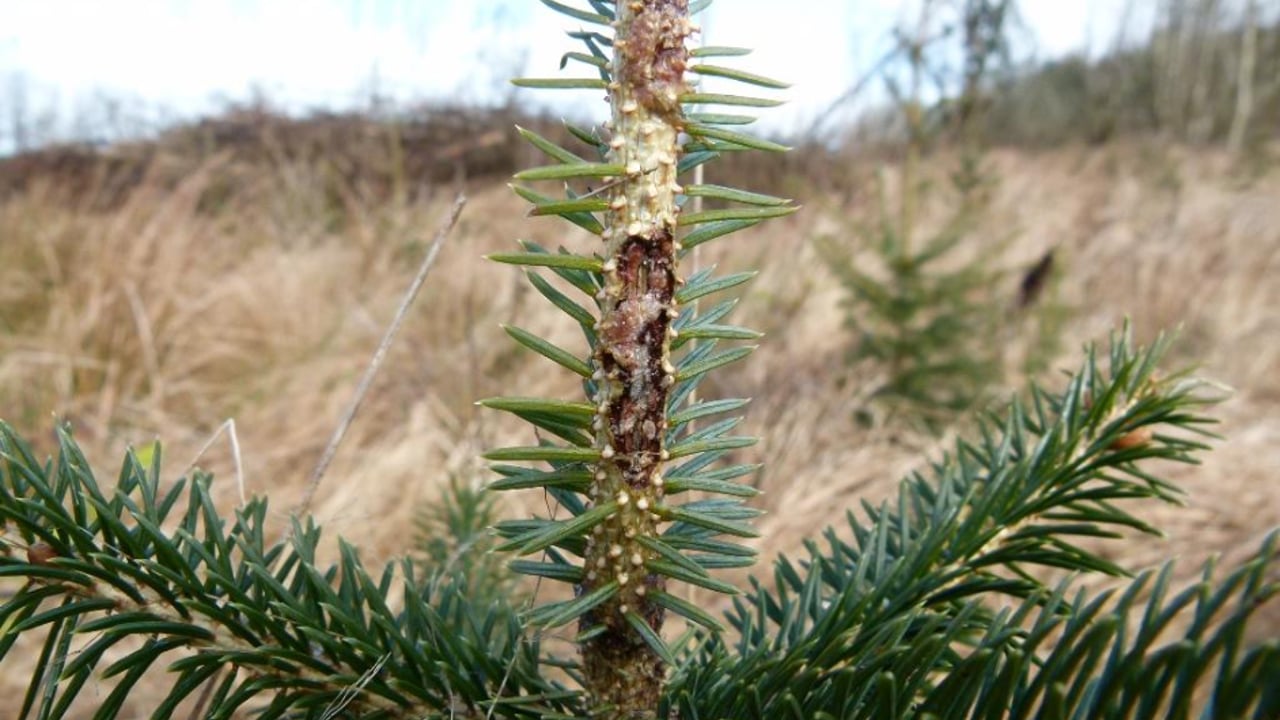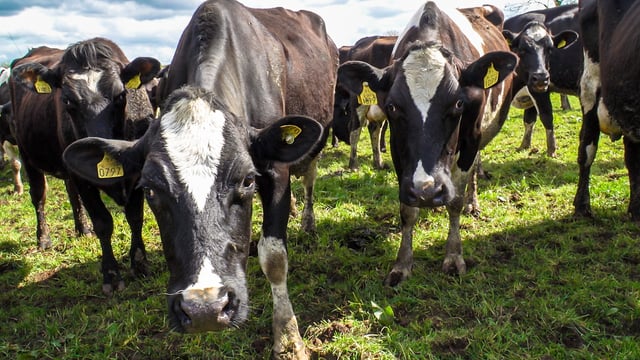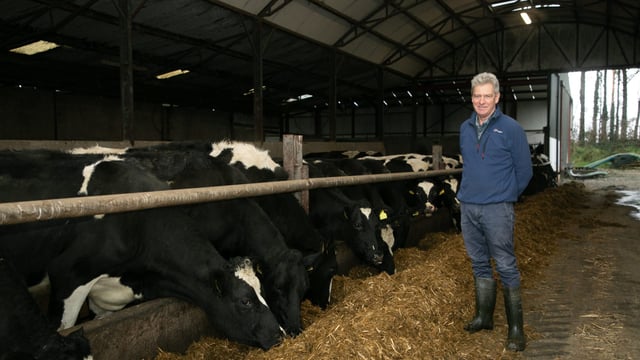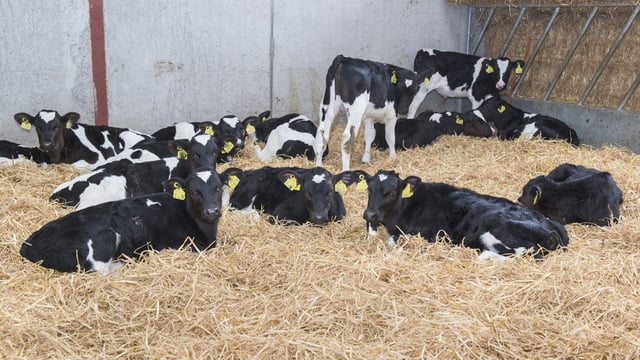50% of young trees on untreated sites killed by pine weevil
A Teagasc conference has heard that, on average, 50% of young trees on untreated sites in Ireland and the UK are killed by pine weevil during the first few years.
The conference, ‘Pine Weevil Integrated Pest Management’ discussed current issues with pine weevils in Irish forestry, as well as integrated pest management (IPM) options for controlling the pest.
The large pine weevil (Hylobius abietis) can cause very substantial plant mortality in reforestation sites.
Felling a coniferous crop produces a large increase in breeding material for the pine weevil, while plant material suitable for adult feeding is reduced, the conference heard
Young trees (both conifer and broadleaf) used for restocking are liable to be heavily attacked by adult pine weevils feeding on the stem from the root collar upwards.
Heavy damage can completely girdle stems and cause plant death.
The 50% fatality rate of young trees on untreated sites will greatly increase re-establishment costs through the cost of insecticide application, replacing plants, and additional weeding.
Head of the Teagasc Forestry Development Department, Nuala Ni Fhlatharta, who chaired the event said:
“The large pine weevil is the most important reforestation pest in Ireland. Pine weevils kill about 50% of unprotected seedlings”.
Pine weevil - some interesting facts
Entomology research officer with Teagasc, Dr. Louise McNamara, spoke about pest management options and added:
“High numbers of pine weevils in Ireland make control more challenging, with physical protections often not enough on high pressure sites, meaning we will still require pesticides in the future.”
Forestry advisor, Teagasc, John Casey, added:
Coillte's Colm Lyons, highlighted that 'green planting' or ‘hot planting’ has had a very positive effect on reducing damage and has the effect of reducing insecticide use.
Professor Christine Griffin, Maynooth University gave updates on current research on pine weevil forecasting and modelling and said:
“Field trials have shown that nematodes can reduce pine weevil populations by up to 80% but operational challenges may restrict their widespread use in Irish reforestation.”





